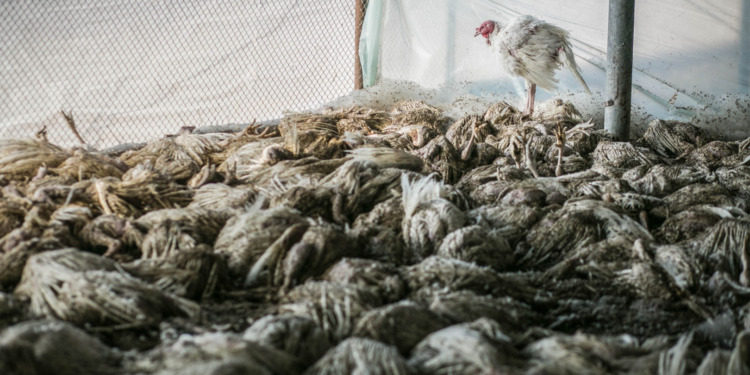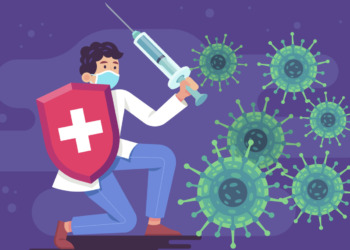While there appears to be no single study that definitively predicts a surge in pandemics, the scientific consensus is clear: the frequency and severity of disease outbreaks, epidemics, and pandemics are expected to increase in the future.
To be better prepared, it is crucial to understand the drivers of epidemic and pandemic risk and implement interventions to mitigate this risk. We also need to be reminded of what’s needed to implement these interventions.
Pandemic preparedness and response: the money problem
The concept of pandemic preparedness and response has been a “major topic in global and public health circles for decades,” with the WHO beginning to focus on it systematically in the 1950s. And yet the COVID-19 pandemic took the world by surprise, which could only mean one thing: there has not been enough funding.
Why? The reasons are multi-faceted. They range from governments’ short-term focus on immediate needs and election cycles to budget constraints and competing priorities to a lack of perceived threats and challenges in global coordination and cooperation. They could also be attributed to the pharmaceutical industry’s need for returns on investments.
As a 2019 Georgia University study demonstrates, in the United States “there is an inherent problem with relying on profit-focused corporations to drive healthcare innovation and provide healthcare services and products. Traditional corporations are structured (and, indeed, required) to focus on profits rather than tend to the public need. While this profit focus is not unusual nor considered undesirable in most markets, healthcare markets are different in ways that create a divergence between the private incentives to which corporations respond and public health needs.”
This divergence is even wider in the context of pandemic preparedness and response, according to this 2020 study. In it, the authors explain how the design of pharmaceutical markets in the US yields “suboptimal and sometimes even negative health outcomes.”
In other words, from the pharmaceutical industry’s (capitalist) point of view, investing money in pandemic preparedness and response — a long-term commitment with uncertain and delayed returns — can be perceived as a waste of money.
This point of insufficient funding is reflected in the World Health Organization’s (WHO) attempt to make their new report, “The Changing Face of Pandemic Risk,” sound more interesting and appealing, and easier to swallow.
Published and introduced to high-level policymakers and media at the World Health Summit on October 14, the report was prepared by the Global Preparedness Monitoring Board (GPMB), a joint arm of the WHO and the World Bank tasked with providing an “independent and comprehensive appraisal for policymakers and the world about progress towards increased preparedness and response capacity for disease outbreaks and other emergencies with health consequences.”
In the report, the GPMB outlines key drivers of pandemic risk and offers a roadmap for strengthening our defenses. As the authors write, the report is a “call to action for global leaders, policy-makers, health professionals, and communities to build a safer, more resilient future.”
Both this new report and the Berlin Declaration, signed in 2022 by G7 countries, speak to the problem of lack of investment in this area which has continued unabated despite World Bank and WHO efforts.
How short are we?
The World Bank and the WHO estimate that at least an additional $10.5 billion per year is needed in international financing to support a robust global pandemic prevention, preparedness, and response (PPR) system. This figure represents the shortfall between estimated needs — about $31.1 billion — and current funding levels.
The largest funding gaps exist in low-income countries (LICs) and lower-middle-income countries (LMICs). Aiming to address this shortfall in developing countries, in 2022 the World Bank launched the Pandemic Fund. Unfortunately, initial funding pledges and disbursements fall significantly short of the estimated needs.
But that could soon change. With help from the Investment Project Financing (IPF) mechanism, which supports the International Pandemic Financing and Preparedness Alliance (IPFPA), several key investors have joined in. Besides the World Bank itself and its private sector arm, the International Finance Corporation (IFC), and its “humanitarian” arm, the International Development Association (IDA), we now have various private sector entities investing directly in projects through bonds and other capital market instruments alongside institutional investors, including sovereign funds, pension funds, and development finance institutions.
Whether this will bring the needed investment is difficult to tell; it’s still in the early days. However, the new “Changing Face of the Pandemic Risk” report does an important job of defining the problem.
What “The Changing Face of the Pandemic Risk” report tells us
As the report authors explain, the emergence and spread of pathogens arise from ecosystem change. Urbanization, international trade, and unregulated wildlife trade exacerbate the rapid spread of diseases. Digital connectivity has made it easier to track and monitor the emergence of diseases and respond to emergencies more quickly, but it has also brought misinformation and disinformation. The situation is similar with Artificial Intelligence (AI); there are both opportunities and risks.
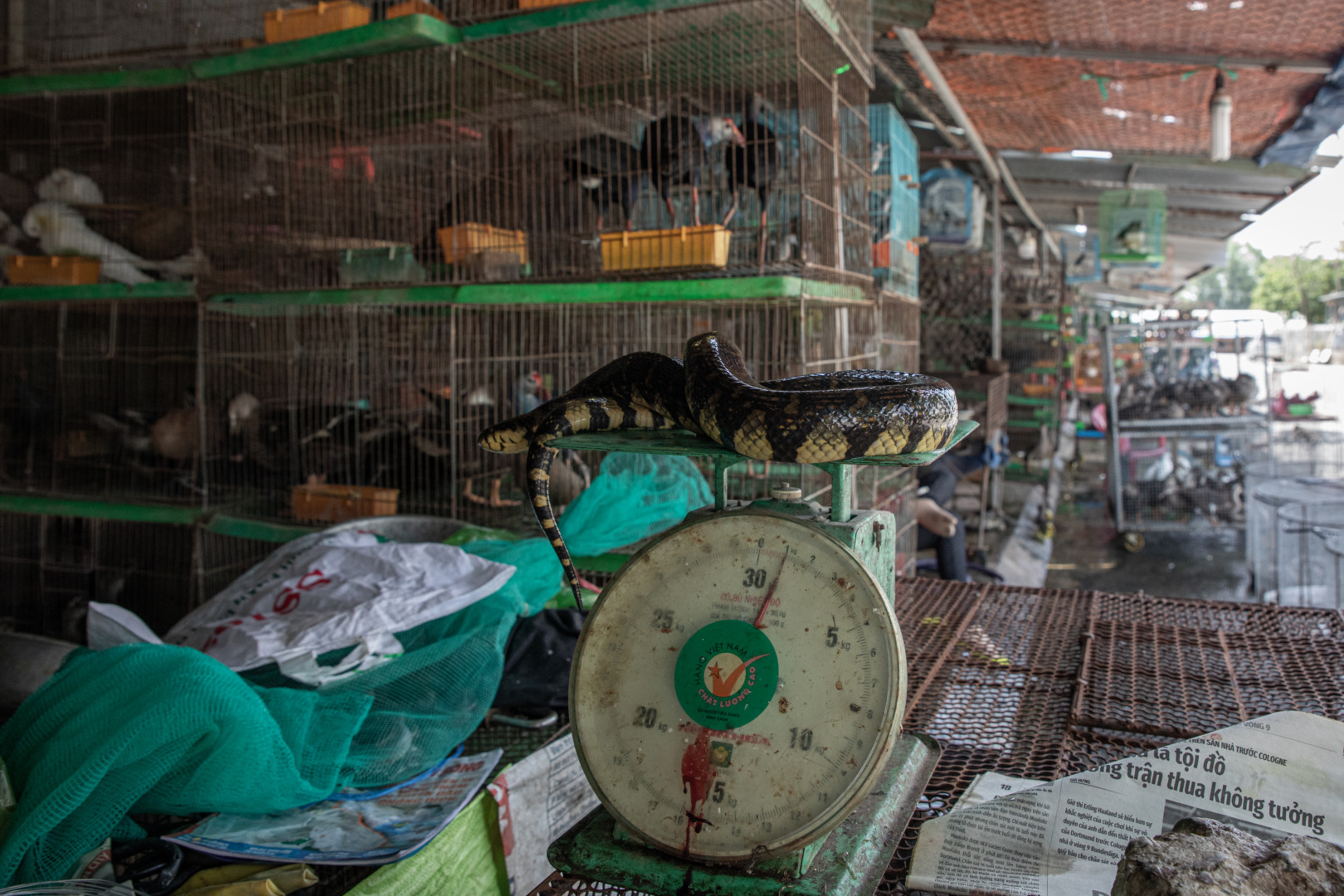
These risks need to be managed and regulated, the GBMP says, calling for regulatory frameworks that “align with ethical and public health principles, and promote cybersecurity.”
Trust is an asset, mistrust a risk driver
In pandemic response, the lack of trust can lead to non-compliance with control measures and hinder transparent communication, “incentivising secrecy rather than transparency” as the report authors write. This, they explain, can both drive the emergence of new viruses and amplify outbreaks.
To address the impacts of mistrust, GPMB calls for sustained policy and scientific attention, which has not been sufficient so far.
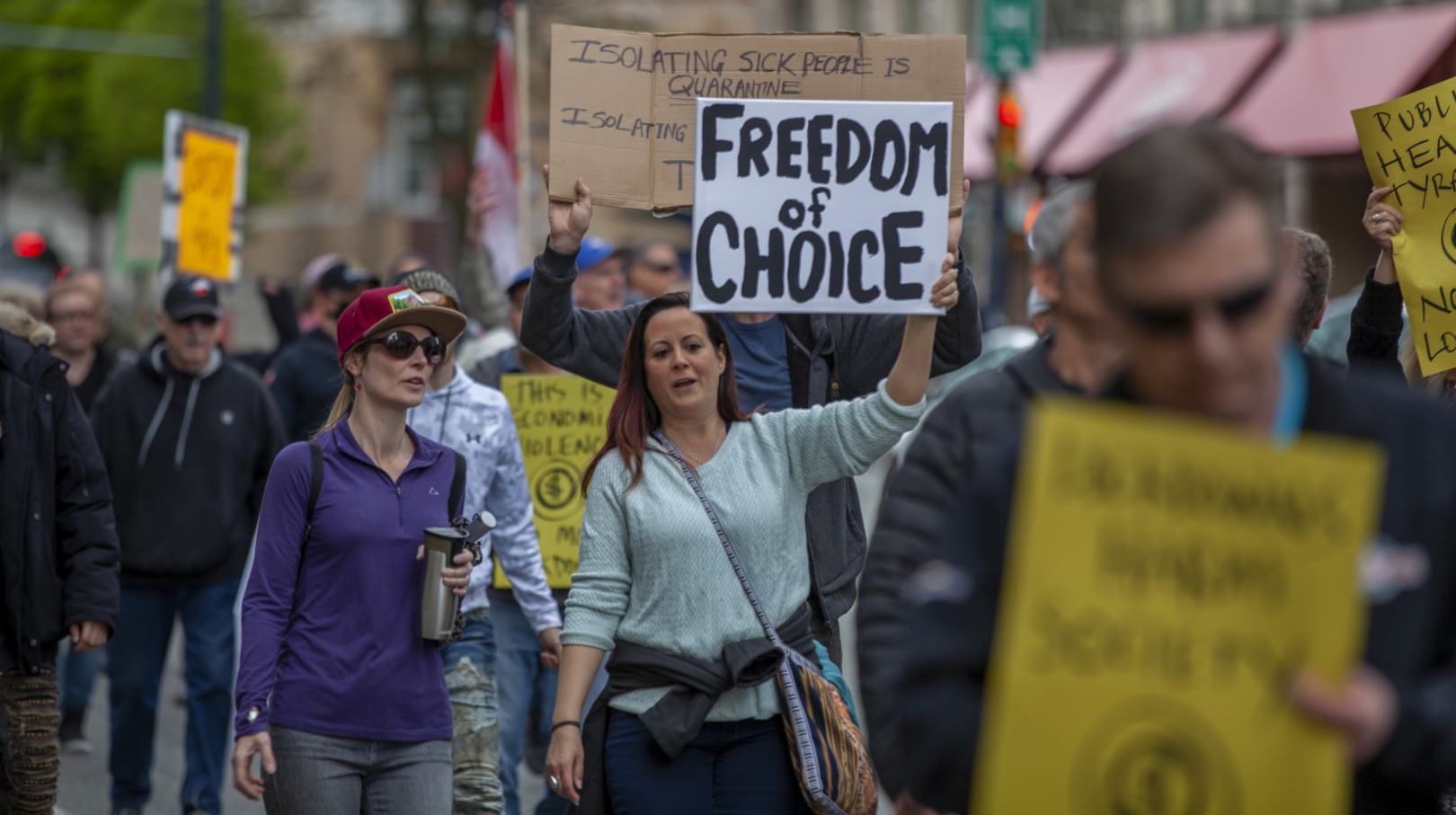
Trust between countries is also identified as an important asset in managing pandemics as it “enables stronger international collaboration and cooperation at global and regional levels.” The report cites recent amendments to the International Health Regulations (IHR) (2005) adopted by World Health Organization (WHO) Member States in 2024 as an example of how this trust can be fostered.
Human, animal, and environmental health are One Health
Industrial farming, changing environments in smaller-scale farming, and unregulated wildlife trade are perhaps the most obvious drivers of disease outbreaks in animal populations. The rise in these means that there are more and more places with dense human-animal populations, which increases the likelihood of spillover to humans.
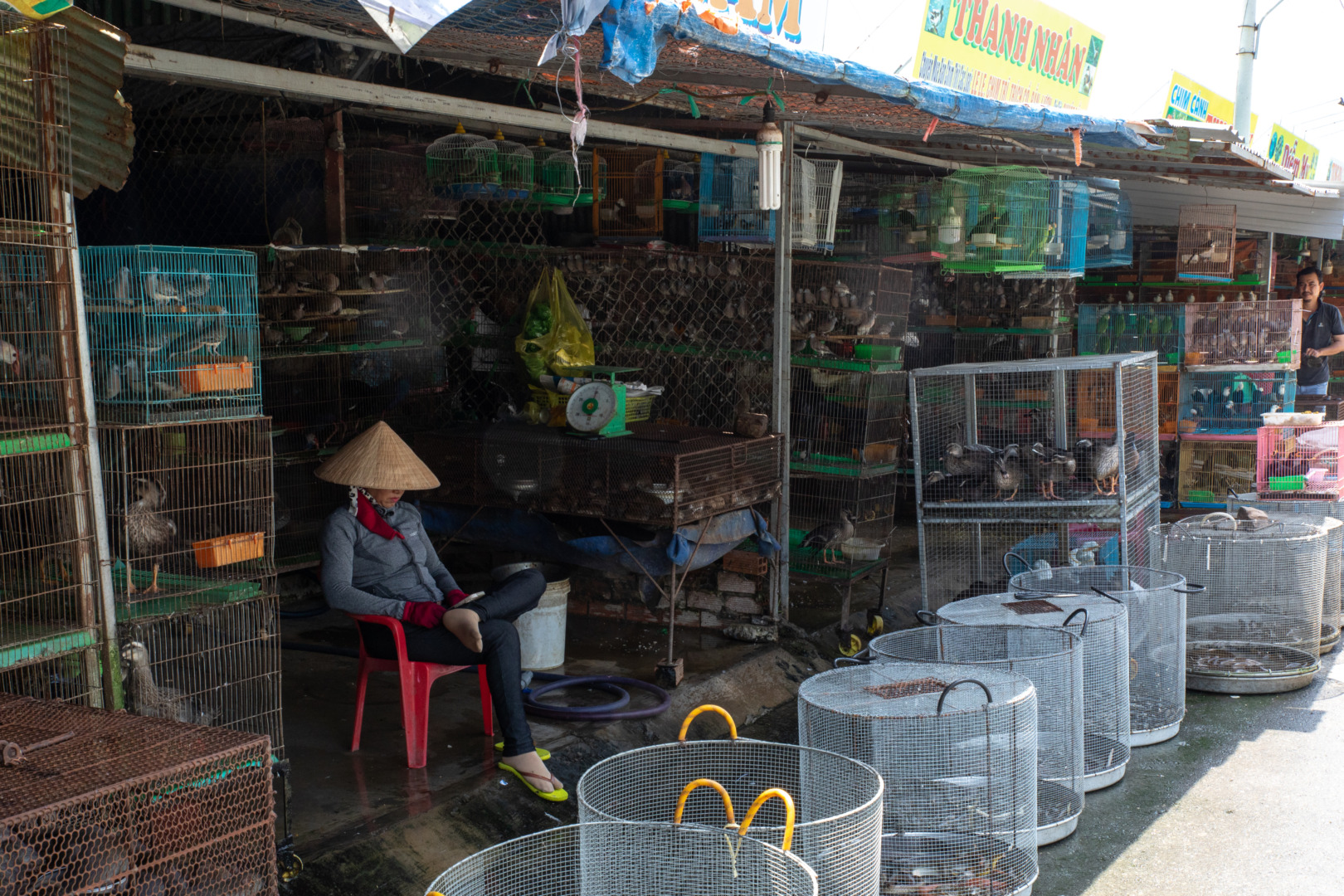
This is where One Health comes in, providing the primary conceptual approach for establishing comprehensive monitoring of possible disease drivers. To mitigate these risks, the report also calls for “increased disease surveillance, effective regulatory regimes, and better protection and training of farmers.”

By leading to land-use changes, deforestation, and reforestation, loss of habitat, and changes in water ecosystems, climate change likewise affects the distribution of species as well as migration patterns and the ecology of pathogens, “disrupting current natural host-pathogen dynamics.”
As a result, warns this report along with many others, temperate countries could soon be seeing diseases transmitted by mosquitoes, like dengue or yellow fever, that are usually seen in tropical areas.
More equity means more security
Equity, according to the report, is what makes or breaks pandemic preparedness and response. In the authors’ words, “[i]nequity creates the ideal conditions for new outbreaks and exposes all countries, regardless of their wealth, to devastating epidemics and long-term economic, social and political impacts.”
The COVID-19 pandemic revealed inequities in access to vaccines and health resources, a situation the GPMB warns could be repeated with the unfolding mpox public health emergency if lessons are not learned. With violent conflicts at their highest levels since World War II, the report also explains how conflict delays the detection, response to and containment of infectious disease, citing by the mpox outbreak in the Democratic Republic of Congo (DRC) and the polio cases in Gaza as examples.
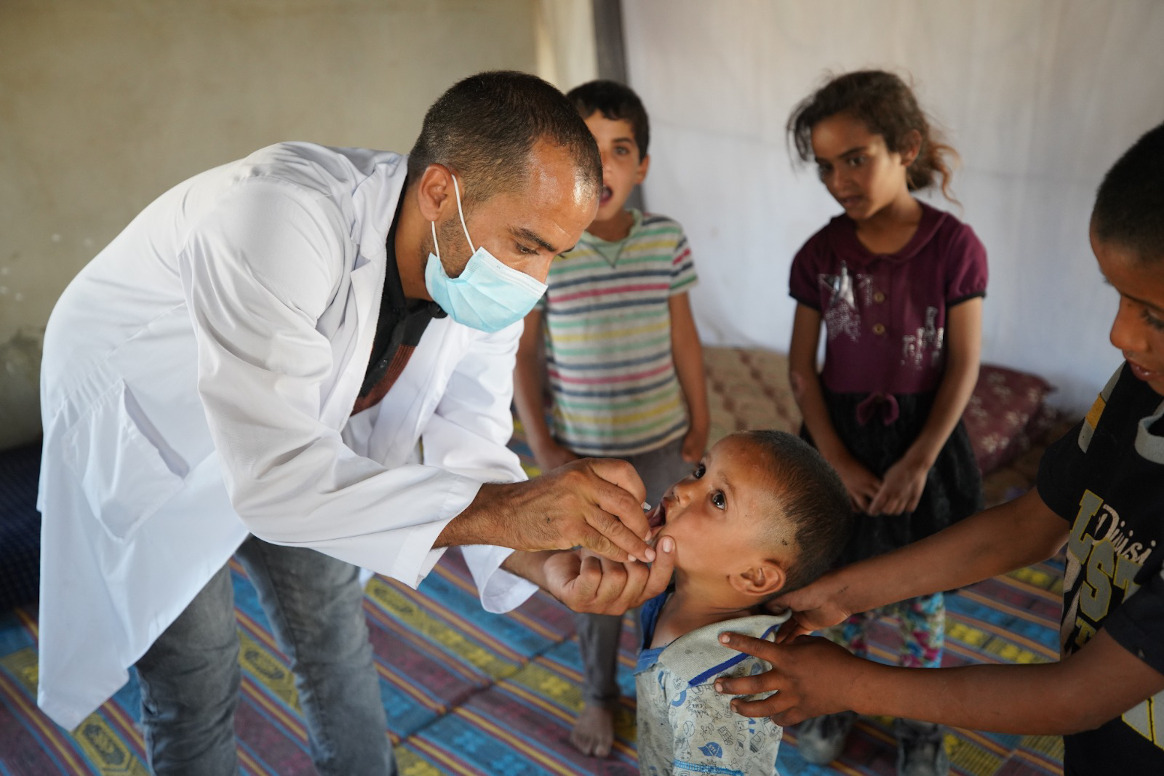
Pandemic Agreement needed
That biomedical innovations will improve epidemic and pandemic preparedness and response is probably common sense. In the report, the GPMB stresses that this requires research into both pathogen-specific and pathogen-agnostic tools, and that we need to strengthen the global health architecture to make sure that these innovations are accessible and effective. One way to do this would be through an equity-promoting Pandemic Agreement, the GPMB says.
The report also reminds us that an effective response relies on a seamless end-to-end process, which includes research and development, testing, manufacturing, regulation, supply chains, and delivery. To avoid deepening inequities and increasing global vulnerability, addressing gaps in this process is crucial according to the GPMB.
Related Articles: Dealing With Future Pandemics: Do You Feel Safer Coping With Another Pandemic Today? | The Pandemic Agreement Draft: Will It Fully Embrace One Health? | The Concept of One Health Turns Global in 2021: How it was Born | One Health and Gender: Why The Two Need To Become One | The One Health Story: It’s More Than Infectious Diseases
Adapting preparedness for new pandemic realities
The report outlines the following strategy for enhancing pandemic preparedness:
I. Adapt
Future responses must be flexible, moving beyond lessons learned from past pandemics (as the new ones might be different) to prepare for the unique challenges posed by emerging threats. Focusing only on lessons learned from COVID-19 could “result in preparing for the last battle rather than the next one,” the report warns.
Each country and region should develop a pandemic risk driver assessment, and preparedness plans should be adopted by both countries and regions.
II. Protect
Because pandemic risks cannot be easily or quickly mitigated, “holistic systems approaches to protection are needed to boost resilient and capable health systems that articulate with social protection,” which requires financial support from global and regional health authorities.
The report identifies four critical protective shields that need to be enhanced: health system resilience, international collaboration, social protection, and safeguards against accidental release of dangerous pathogens and other biotechnological risks.
III. Connect
Mitigating the risks of increased global connectivity requires enhanced collaboration across health and environmental sectors, which would help “orient investments towards win-win solutions for both sectors.”
The One Health approach, which considers human, animal, and environmental health as one health, is crucial for tackling emerging zoonotic diseases, particularly in emergence hotspots. Investing in One Health and means of cross-sectoral collaboration will “accelerate solution-finding at the interface of the multiple sectors that are implicated in pandemic risk, and enable pandemics to be addressed in their full complexity.”
Editor’s Note: The opinions expressed here by the authors are their own, not those of Impakter.com — In the Cover Photo: A turkey who escaped being smothered by firefighting foam sits on top of the bodies of dead birds from their flock. Following the detection of avian influenza in the turkey flock at this Israeli kibbutz, authorities used compressed firefighting foam to mass-suffocate the birds, claiming it to be the most efficient and humane method of extermination. Numerous birds remained alive or died slowly after the foam’s application. Israel, 2016. Cover Photo Credit: Glass Walls / We Animals.


